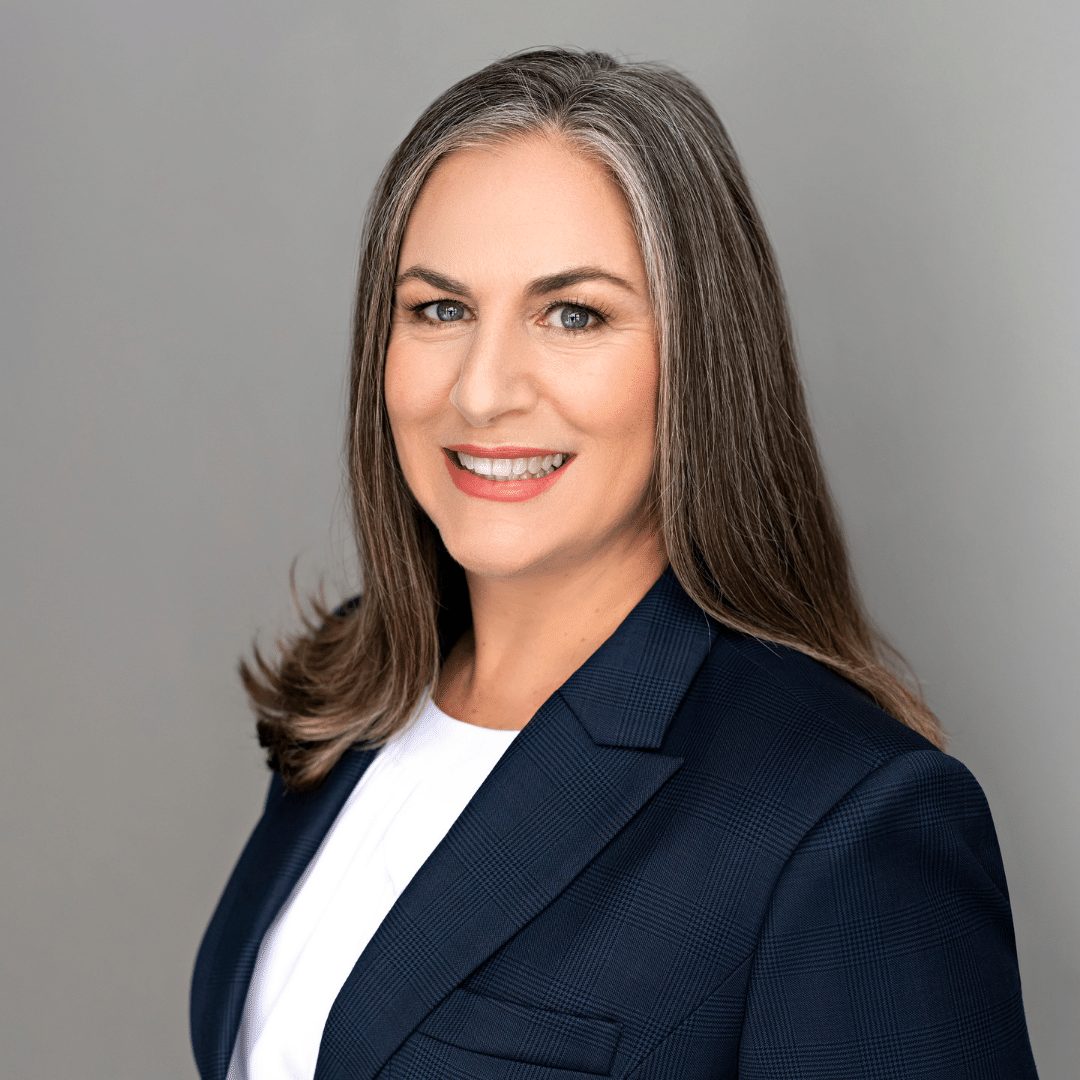Blog
How can the Energy sector replicate the Health sector’s formula of a decentralized federal approach?

How can the Energy sector replicate the Health sector’s formula of a decentralized federal approach?
On a panel at the recent 2024 CAMPUT conference, I was asked to discuss the question: How can the Energy sector replicate the Health sector’s formula of a decentralized federal approach, with the common objective of achieving net-zero emissions within our provincial energy systems?
I hadn’t thought about healthcare’s similarities to energy before, and find it fascinating what we can learn and apply from other sectors of our economy when we choose to investigate them.
While I can’t profess to be an expert on the healthcare system, the concept of increasing levels of care from the bottom up, from a decentralized family physician to specialized, centralized teams in large hospitals, to a certain degree mirrors our energy system’s evolution. We have striven to deliver appropriate, timely energy solutions that tap into local solutions before centralized ones, and are optimized for the overall well-being of people and communities.
While our Health system is facing immense challenges as it struggles to deliver adequate, timely, affordable and reliable services to all Canadians, looking at its structure sheds some light on optimizing our Energy sector for diverse needs.
Community-driven approaches
QUEST Canada’s expertise and experience is in community-driven approaches to energy that recognize the current and future role communities can, and need to play in the energy ecosystem as enablers, equal partners and to a degree implementers and enablers of our sustainable net-zero future.
Communities are planning their energy futures through the development and implementation of Community Energy and Emissions Plans, but fairly often independent of energy system stakeholders, or with only some of them, and often without the grounding of what is affordable, reliable, and at a pace of change that is practically doable.
Holding responsibility for 60% of Canada’s infrastructure, 60% of energy use, and half of Canada’s emissions, we can’t get to net-zero without communities participating. And we will be hard pressed to achieve net-zero in a timely manner without communities benefitting directly, economically and socially, from our energy transition in one way or another.
To maintain the deep and broad support needed to achieve a net-zero economy, we need to bring people along for the ride. This means we need to understand and frame our actions such that they align with people’s values and the needs and culture of the communities in which they live.
Anything that is seen to be done to people rather than with people, as we do too often today, will continue to slow things down, and will be our most challenging and likely most costly path to 2050.
The best way to counteract this? Don’t dismiss, try to subvert, or avoid differing perspectives. Rather, improve how we work with people and places. Collaborate and co-create solutions.
Collaboration requires us to communicate clearly, share goals and vision, have mutual trust and respect, be flexible and adaptable, exhibit strong leadership and effective coordination. And set clear expectations up front including roles, responsibilities and timelines.
To put aside our competitiveness we must lean into our vulnerability and choose to trust each other as we work to solve the greatest challenge of our time.
We also need to see our energy system as an ecosystem rather than a collection of independent parts. And understand that what we are trying to do is ecosystem evolution. We are trying to foster change in the structure, function, and composition of the very society that we live in.
Promote collaboration, define roles
According to the Cary Institute of Ecosystem Studies, humans have a tendency to simplify ecosystems. We maximize one particular output, which in turn ends up increasing the vulnerability of the ecosystem.
What ecosystem scientists have learned is that for ecosystems to thrive, they need to maintain diversity, and establish supportive governing structures that promote collaboration and maintain clearly defined roles and responsibilities.
From where I sit and what I see, we are failing on both accounts – Policy is increasingly cherry-picking technological solutions, thereby reducing the diversity. And our collective policies are not working well together. As such we don’t have supportive structures enabling change.
These days there is a lot of talk about the importance of community engagement to enable change. But the engagement’s purpose is often just a means of getting people to accept things. All it requires is the right type of community benefit, or just getting people to understand. It is consultation not collaboration.
Lean into their expertise
Just like in healthcare however, people and communities will not be passive recipients. They are active partners who know their values, needs and priorities well. We must listen, and lean into their expertise. Collaborate with them. Co-create solutions, and innovate our governance structures to empower their participation.
We do, of course, need to acknowledge that, just like healthcare patients aren’t experts in medicine, most people and communities aren’t experts in energy either.
In the practice of medicine, the patient is informed about their medical condition, engaged to understand their values and their desire and commitment to trying to overcome their condition. Only then are they presented with a number of potential solutions, the implications of each option, and empowered to choose their own pathway forward.
I doubt we need to, or could ever have an energy system quite as tailored to the individual. But, with technology, we are able to introduce greater customization and integration, options for participation, and solutions that align more closely with the unique culture and needs of communities.
Communities need to be given factual information, including clearly laid-out trade-offs of decisions relating to energy use. Then they can make the right decision for themselves based on the reality of what their system can deliver today, and tomorrow. A decision made in consideration of everyone else’s needs of the system – including their neighbouring communities.
Let’s remember that moving forward without community needs and values held front and centre, will be like leaving the patient out of the healthcare system.
As we think about partnering in a decentralized federation, through our energy ecosystem evolution, we need to shift our thinking from competition and consultation, to innovative and community-inclusive collaboration.
S'inscrire
Rejoindre la conversation!
Inscrivez-vous pour recevoir les dernières nouvelles et mises à jour sur les événements de QUEST Canada et recevez la newsletter mensuelle de QUEST Canada.


